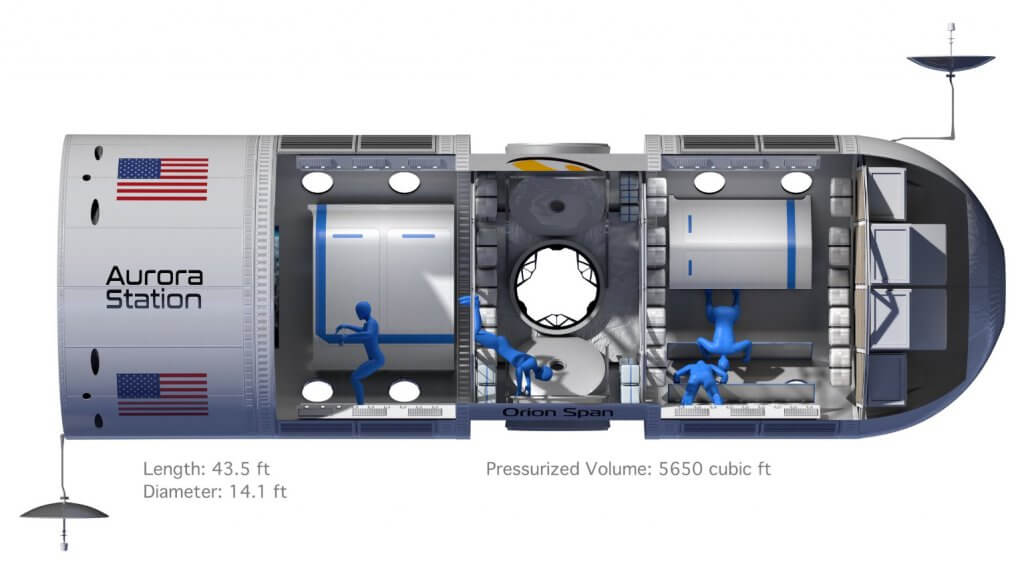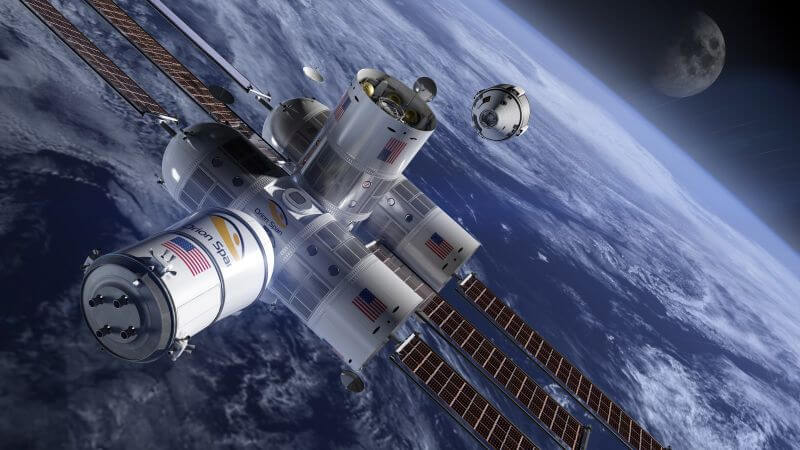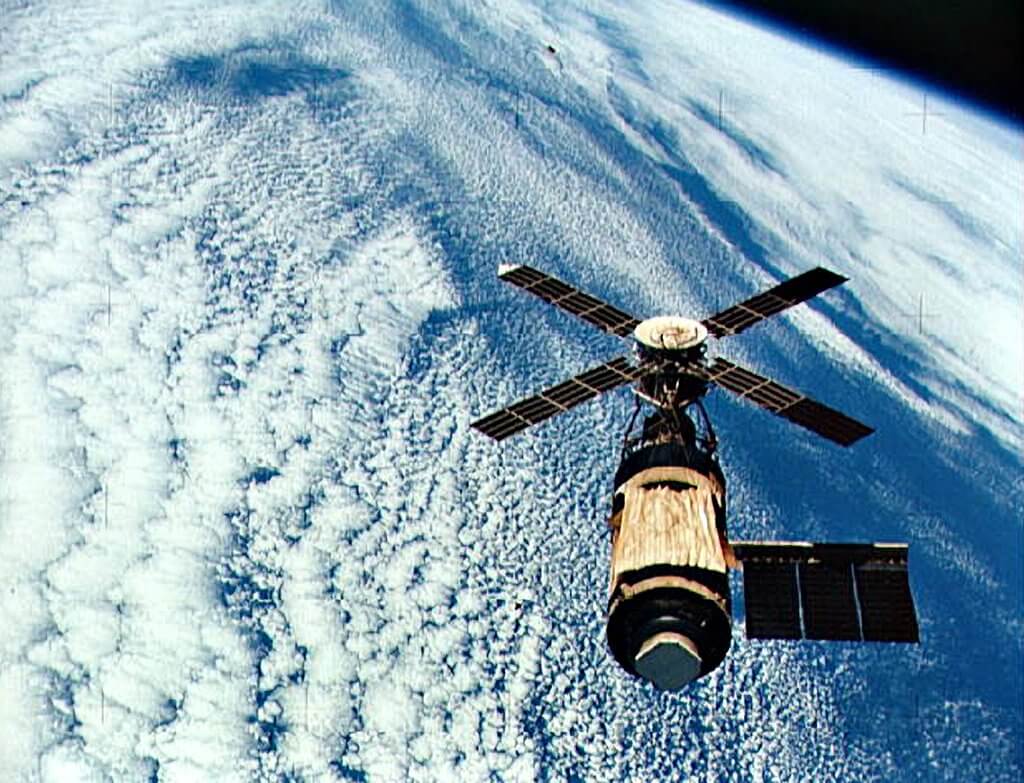While the concept of a space hotel has long held interest amongst science fiction and other writers – even Roald Dahl had a “Space Hotel USA” in his children’s story “Charlie and the Great Glass Elevator” – the planned ending of International Space Station (ISS) funding by NASA in 2025 has meant that a replacement has to be found – and soon. And this could even be a space hotel in low Earth orbit (LEO).
One idea is that a basic core space station – a kind of “son of Skylab” – should be built by NASA in LEO which commercial outfits could either rent or bolt on their modules (including hotel ones) to it. The Trump’s Administration’s preferred idea, however, is that entire space stations should be funded by private space companies themselves, albeit with NASA grants, so that the much delayed Commercial Crew services from Boeing and SpaceX will at least have somewhere to go after the ISS is retired.
Of this latter type, another company called Out Span has declared that plans to launch its Aurora Space Hotel in 2021, and which will accept paying guests in 2022. The price for a 12 day stay in space is a cool US$9.5 million each. The firm reports that it has the first four months now booked out via clients placing reservations with a deposit downpayment of US$80,000 each.

Cutaway of Initial module of Aurora Space Hotel. Courtesy: Orion Span
Despite being touted as a “luxury space hotel” the residence itself will be pretty basic, effectively being cooped up in a multi-chambered tube. Visitors will be restricted to four at a time, with two crew to service their needs and to make sure they remain safe. However, eventually the firm plans to add other modules (more rooms?) to it to make it a much larger facility. Apart from most excellent views of the planet and a sunrise every 90 minutes, the hotel will have a virtual reality “holodeck” and that other de rigeur amenity in a modern hotel: a fast WIFI connection service. No news yet on who is building the hotel or how it will be launched. Likewise the room service menu is still being worked on.

Artist’s image showing enlarged Aurora space hotel. Courtesy: Orion Span
Comment by David Todd: While this writer remain sceptical about the value-for-money of suborbital commercial “joyride” spaceflight (even though he did have a Mach 2 joyride once on Concorde) , he believes that orbital space tourism and especially lunar space tourism does have a future. Space tourists, have, after all, already flown to the International Space Station. However, there remain serious doubts about whether the space station and space hotel ideas of Orion Space or its competitors Axion Space and Bigelow Aerospace will have enough funding to succeed – even with some NASA help.
As it is sometimes commercial space tourism dreams can be very delayed as 90,002 people who made reservations in 1968 for rides to the Moon via the now defunct airline PanAm have found out. While many of those will be dead by now, even some of those originals who booked suborbital joyrides via Virgin Galactic’s much delayed service now find themselves too old to fly.
Much in the same way that space agencies fund the building of initial versions of new hi-tech satellite lines, so we would prefer it that NASA should start things off with a “son of Skylab” space station first to show the commercial operators how this should be done, with perhaps commercial modules being bolted onto it. Eventually full versions of these NASA designed core space stations could be entirely sold or leased commercially to these commercial firms.

After a rough start, the original Skylab space station of the early 1970s was surprisingly successful. Courtesy: NASA







